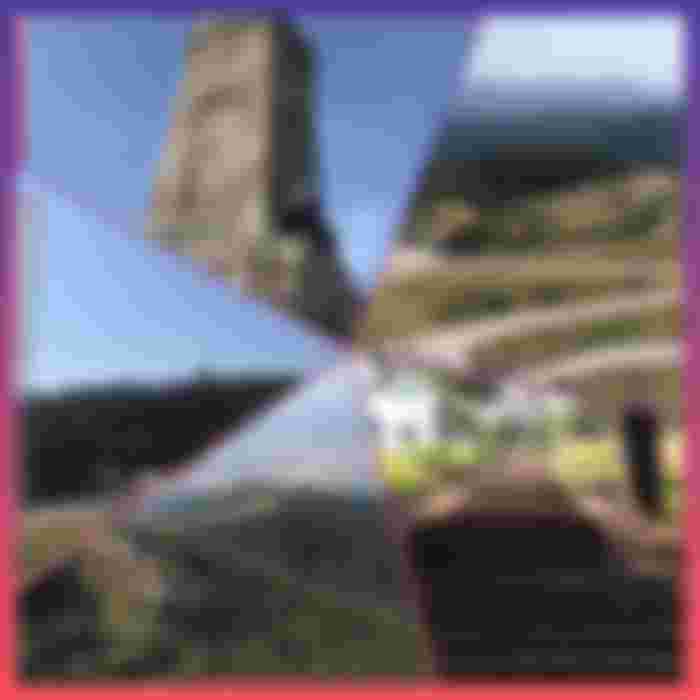The Freedom Monument in 'Shipka'
Hello to all users of read.cash.
In my country Bulgaria is the season of summer,which gives us the opportunity for short trips.
I will tell you about one such trip,because every Bulgarian carries in his heart the history of his people in a different way.

The Shipka Freedom Monument is the largest among the monuments in the park. Its silhouette resembles a medieval Bulgarian fortress and can be seen from dozens of kilometers away.
It was built from the voluntary donations of the entire Bulgarian nation and was inaugurated on August 26, 1934. It is 31.5 m high and 890 steps lead up to it.
A large bronze lion - symbol of the Bulgarian state - guards the entrance to the monument. On the other three sides of the building are inscribed the names of Shipka, Sheinovo and Stara Zagora.

A majestic sculpture, erected on the occasion of the liberation of Bulgaria from Ottoman rule, is kept here.
It was built to commemorate the exploits of those who died for freedom during the epic battles on Mount Shipka, which were a decisive point for the outcome of the Russo-Turkish Liberation War.
A series of fierce battles took place in 1877 between the army of Suleiman Pasha and the Russian troops, along with them the Bulgarian volunteers. The fighting took place in the Shipka Pass, where the Russian-Bulgarian soldiers took up positions on the steepest peaks of St. Nicholas, Shipka and Eagle's Nest.
The terrain is difficult to access and presents a great obstacle to the Turkish troops, but their numerical superiority is overwhelming.
Both sides suffered huge losses in these battles. When the Russo-Bulgarian soldiers ran out of ammunition and shells, they started throwing all sorts of objects: stones, cannons, chests at the advancing Turks.
Towards the end, when all available objects were exhausted, they began to throw the corpses of their slain comrades. Even the bodies of the slain soldiers managed to knock their enemies towards the precipice.
Although the Russian-Bulgarian soldiers paid a bloody price, they managed to push the enemy advance to the end.
Eventually defended, Shipka played the role of a "gate" through which Russian troops crossed into Thrace and from there headed for Constantinople, thus capitulating to the Ottoman Empire. This is the most emblematic circumstance for which this battle is famous.
You can literally climb the monument. There are stone stairs that lead up to the monument, each of which has an etoria.

On the ground floor is a large marble sarcophagus, which contains the remains of the bones of Russian soldiers and Bulgarian volunteers. Above it there are 6 more floors with exhibition halls.
At the top of the monument there is a fascinating andpanoramic view.
Source;https://nauka.bg/


